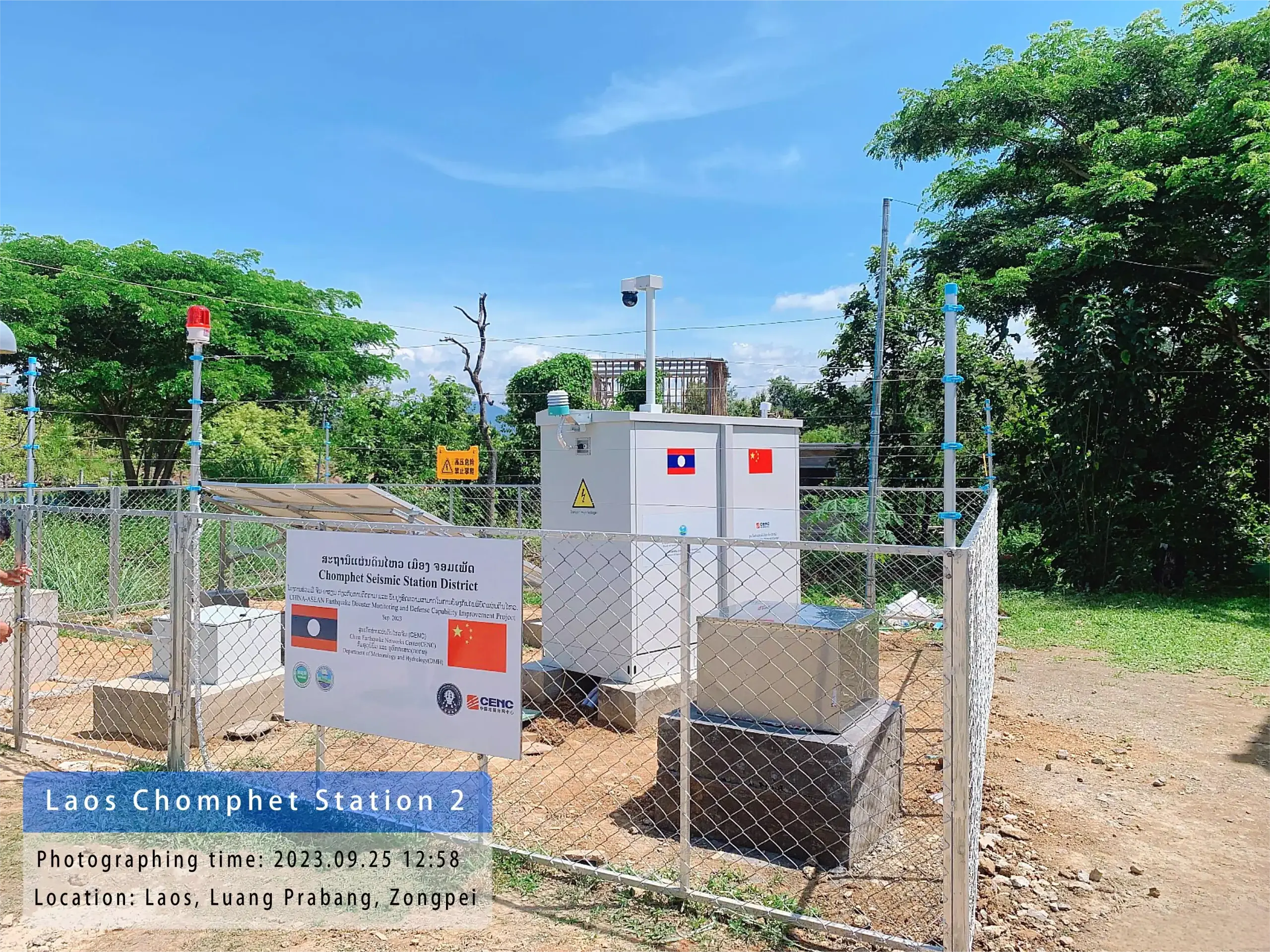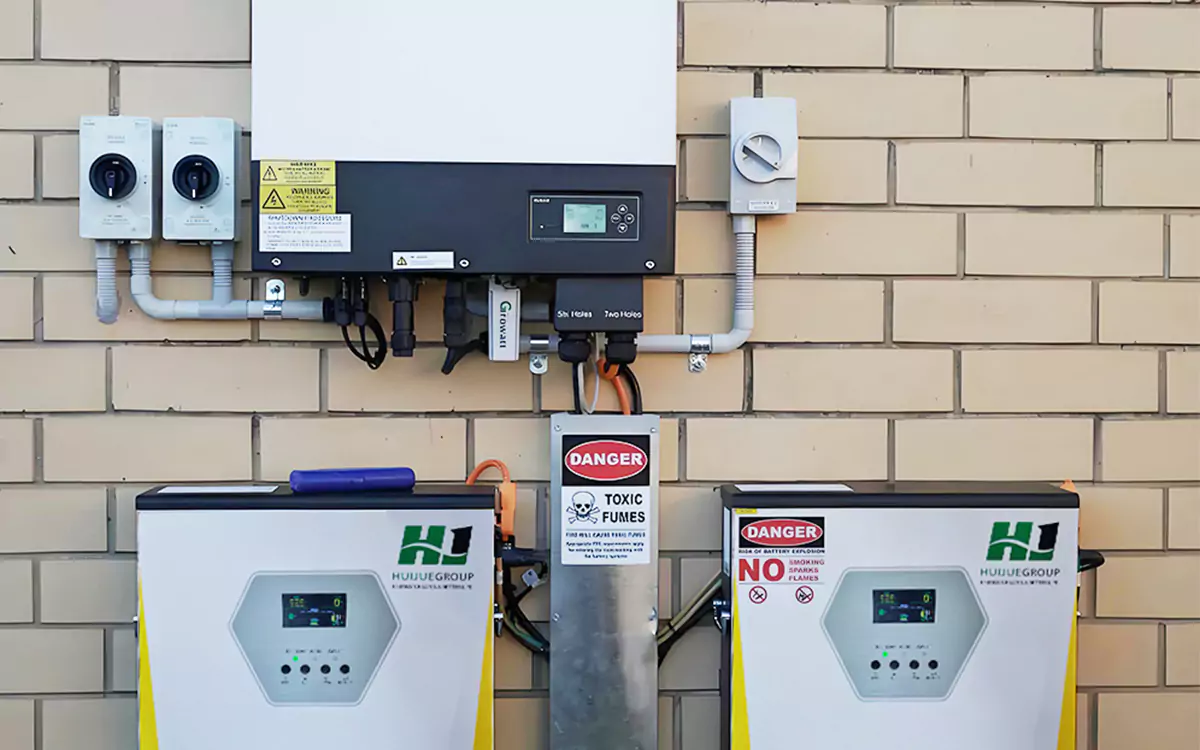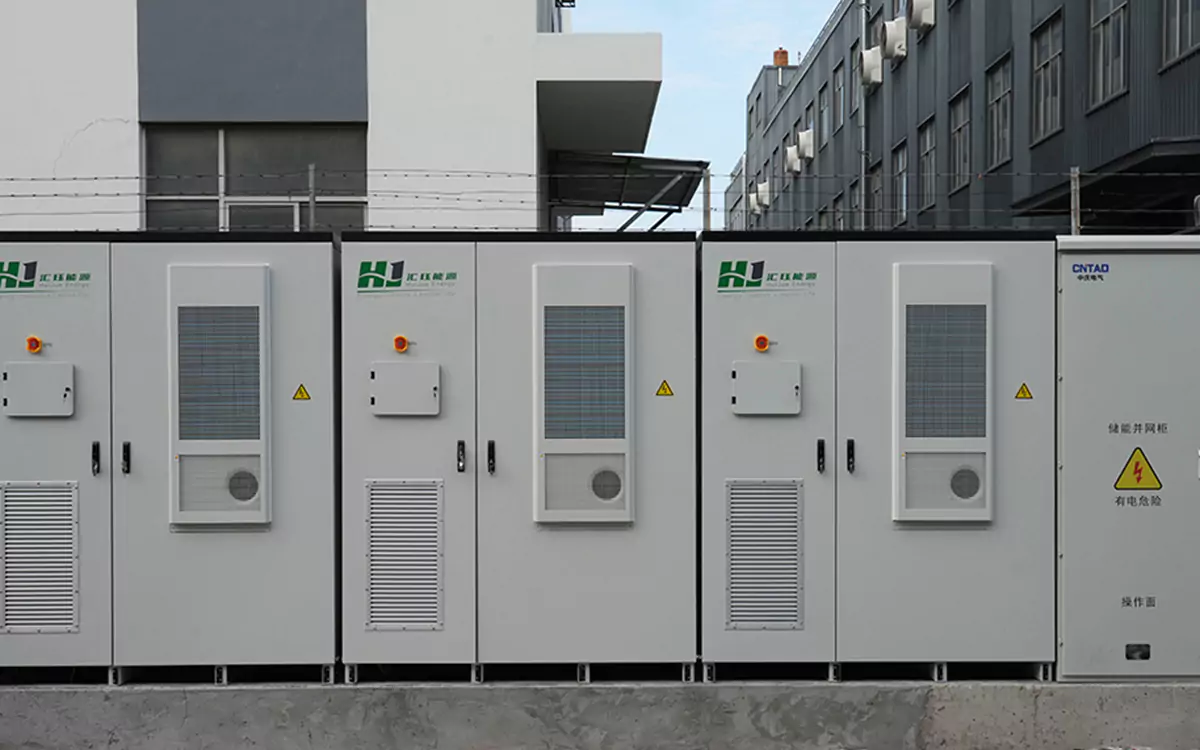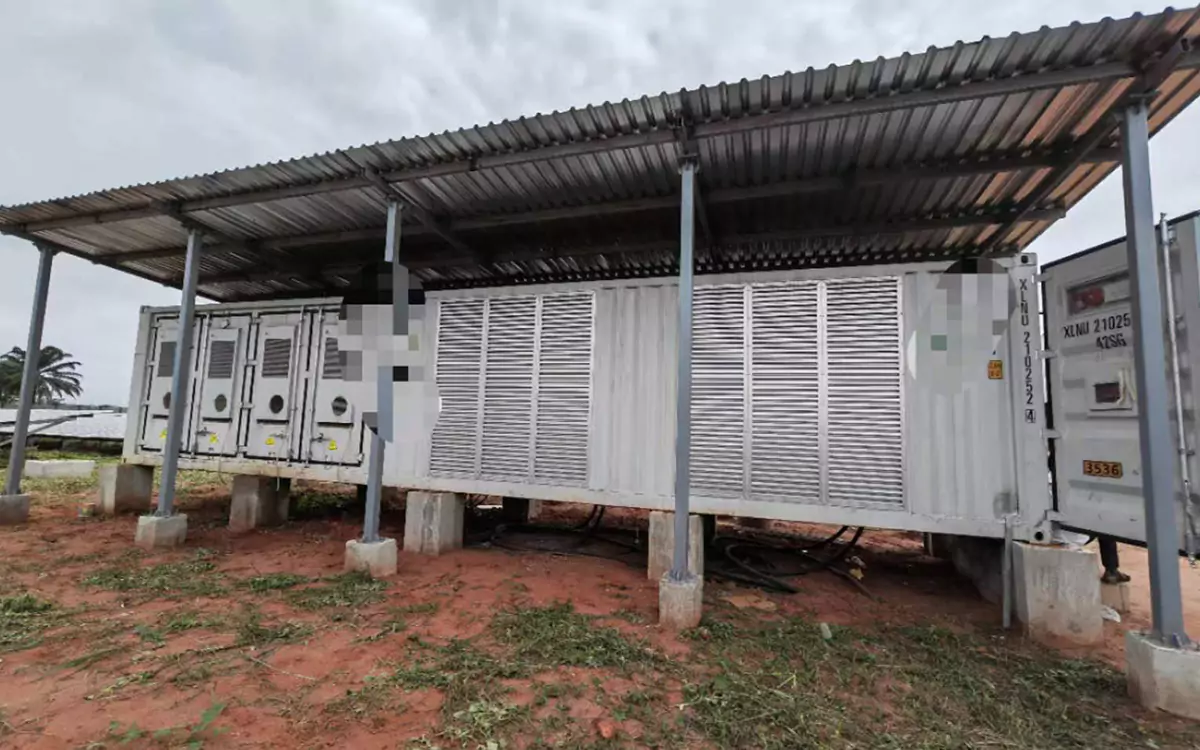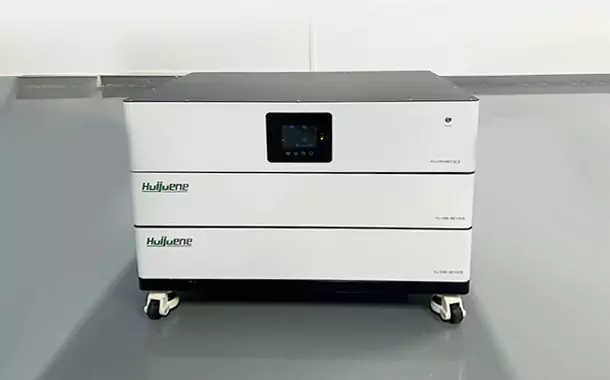Unveiling the Core Competencies of Top-Tier Energy Storage System Integrators
Unveiling the Core Competencies of Top-Tier Energy Storage System Integrators: A Holistic Analysis from Technology to Service
In the course of global energy transformation, energy storage technology has emerged as a key enabler for the achievement of the “Dual Carbon” goals. As an interconnector between energy storage technologies and application in reality, professional integrators of energy storage systems need to demonstrate both exceptional technical skills as well as comprehensive capabilities in project management, responsiveness to service, and innovation. Below is an analysis of the main strengths which qualify an industry-leading energy storage system integrator, with handy guidance for industry customers selecting vendors.
Advanced R&D and System Integration Capabilities
Proprietary Core Technologies
The system integration philosophy is infused in the overall cognition and synergism optimization of key components like batteries, BMS (Battery Management System), PCS (Power Conversion System), and EMS (Energy Management System). The technical know-how of an engineering integrator lies in a chain of main-line technologies, i.e., thermal management, state-of-charge (SOC) estimation, and fault prognosis. Improving BMS methods with artificial intelligence algorithms to enable more than 20% increase in battery cycle life and saving operation and maintenance cost, for example.
Cross-Domain Technology Integration
Energy storage systems often require seamless integration with solar, wind, and grid infrastructure. Integrators must have skills in multi-energy complementary system design. Dynamic charge/discharge strategies in solar-storage hybrid configurations enable peak shaving and electricity arbitrage objectives to be achieved concurrently.
Rigorous Testing and Certification
Reliable systems are tested for extreme environment conditions (-40°C to 60°C), cycle life testing (3,000+ cycles), and grid compatibility testing. Large integrators possess in-house laboratories certified to global standards (e.g., IEC 62619, UL 9540A), which ensure stability under harsh operating conditions.
Full Lifecycle Project Management Expertise
Customized Solution Design
Specific solutions are needed for diverse applications including industrial & commercial (C&I), grid-side, and residential. Frequency regulation response rates are of concern in grid-side projects, while ROI is a matter of concern in C&I projects. Advanced load forecasting models and economic analysis tools ensure proper match-up to customer needs.
Effective Engineering Execution
EPC turnkey facilities allow integrators to monitor:
Electrical System Design: Safety in the event of high/low-voltage distribution and fire protection.
Construction Management: Leverage Building Information Modeling (BIM) to reduce layouts and timeliness by 30%.
Grid Integration: Communication with utilities for protection and power quality testing.
Digital O&M Platforms
Big data and IoT enable predictive maintenance. Cloud computing-based real-time SOC, SOH (state-of-health), and temperature monitoring. AI-based algorithms forecast battery degradation, reducing fault response time from 24 hours to 15 minutes in some applications.
Compliance and Risk Mitigation Frameworks
Regulatory and Standard Compliance
Projects must comply with policy like China’s Guidelines for New Energy Storage Project Management and local incentives (e.g., peak-valley tariffs, capacity compensation). Designers help customers optimize revenues through policy-suitable designs.
Safety Risk Management
Thermal runaway risks of lithium batteries must be minimized using multi-layer protection: fire sprinklers, explosion-proof pressure relief valves, and smoke detectors. Inherent safety designs (e.g., LFP batteries using solid-state electrolytes) reduce failure probabilities to < 0.1%.
Financial and Insurance Solutions
Integrators offer flexible finance (PPP, leasing) and product liability insurance for capital-hungry projects to minimize client risk.
Continuous Innovation and Ecosystem Collaboration
Next-Gen Technology Roadmap
Long-term competitiveness is guaranteed by R&D in solid-state batteries, flow batteries, and sodium-ion systems (e.g., GWh-scale production lines for low-temperature applications).
Industry Ecosystem Synergy
Strategic partnerships with battery manufacturers (CATL, BYD), inverter market leaders (Huawei, Sungrow), and R&D centers accelerate innovation. Open API interfacing supports transparent third-party system integration.
Global Service Networks
Localized service teams for EU CE, U.S. UL certification compliance and 24/7 services (e.g., Southeast Asian branches) increase international market response.
Customer-Centric Service Philosophy
End-to-End Service Guarantees
From design to decommissioning, “one-stop” solutions include battery cascade utilization, reducing lifecycle costs by 40% based on circular economy principles.
Open Communication
Real-time project dashboards and operation reports (e.g., Energy Storage Performance Analytics) build client confidence, with repeat orders to 65% in the case of some integrators.
Rapid Response Assurance
National service networks dedicated to specialising in on-site response guarantee 4-hour on-site arrival and 24-hour resolution SLAs, building trust and loyalty.
In today’s rapidly evolving energy storage era, selecting the appropriate partner involves thorough scrutiny of technical competence, project know-how, service agility, and compliance assurance. A top-tier energy storage system integrator is not merely an equipment supplier but a strategic partner for the energy revolution.
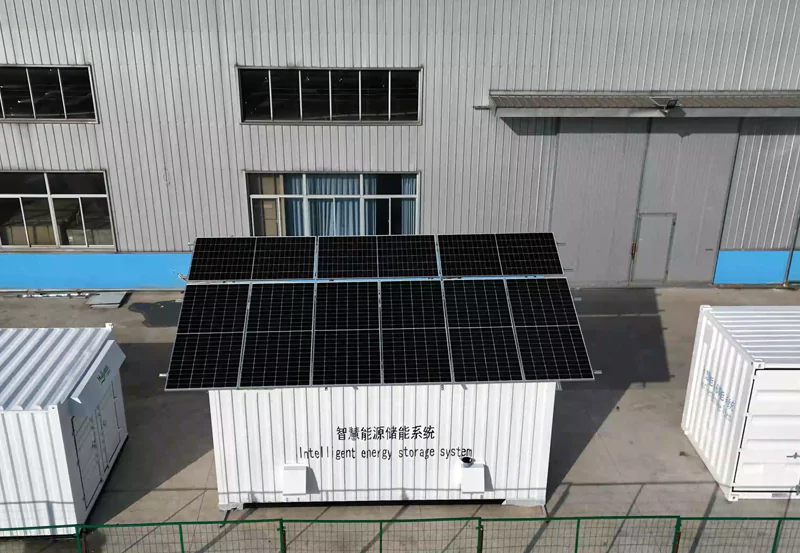


 +86 13651638099
+86 13651638099

